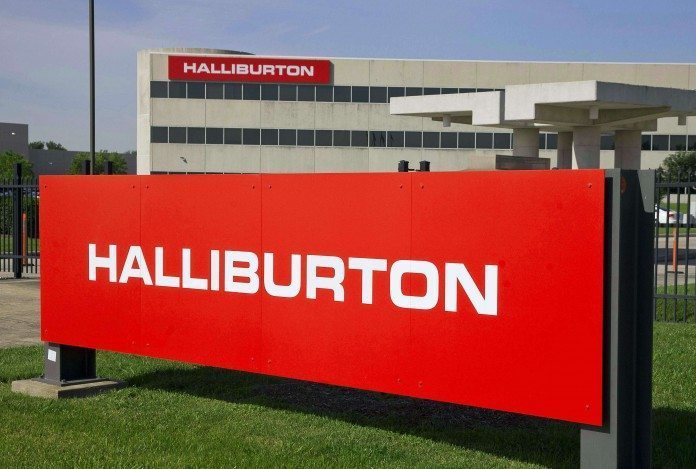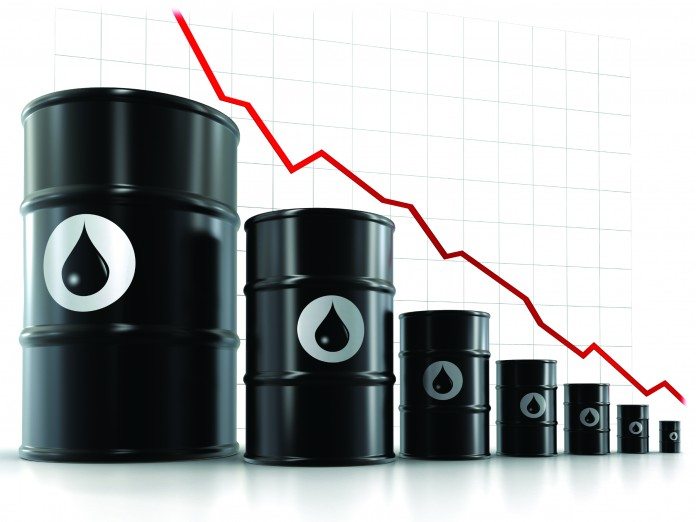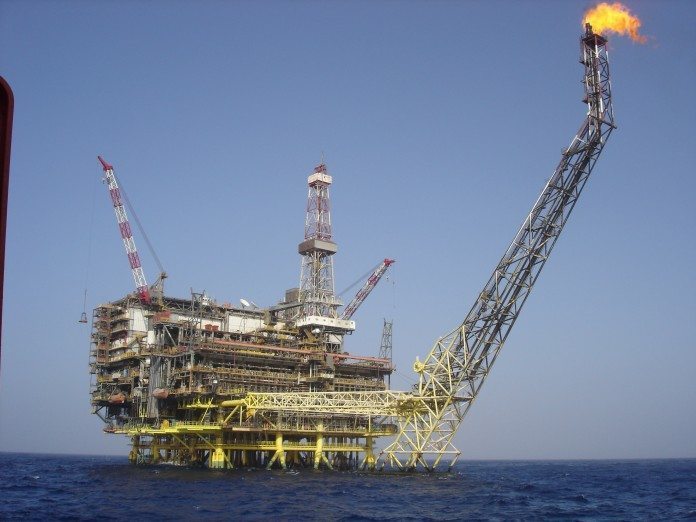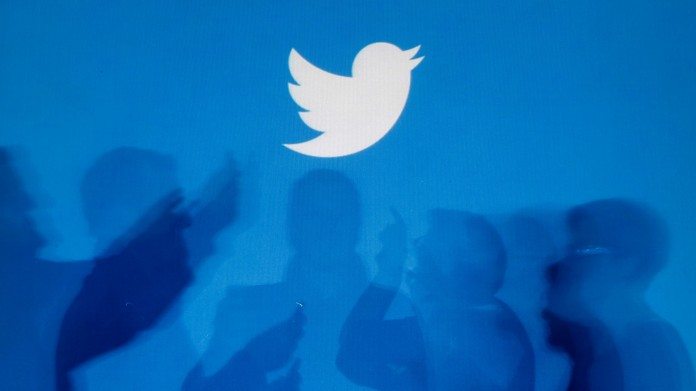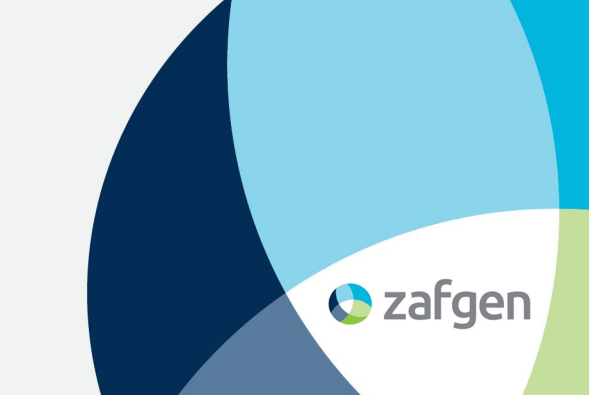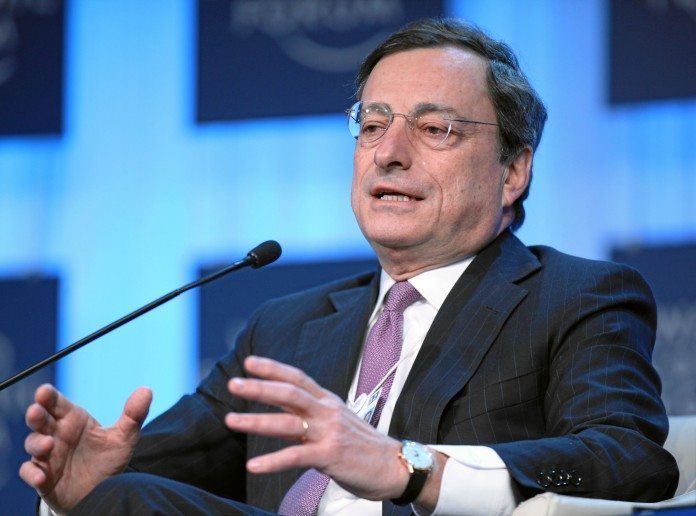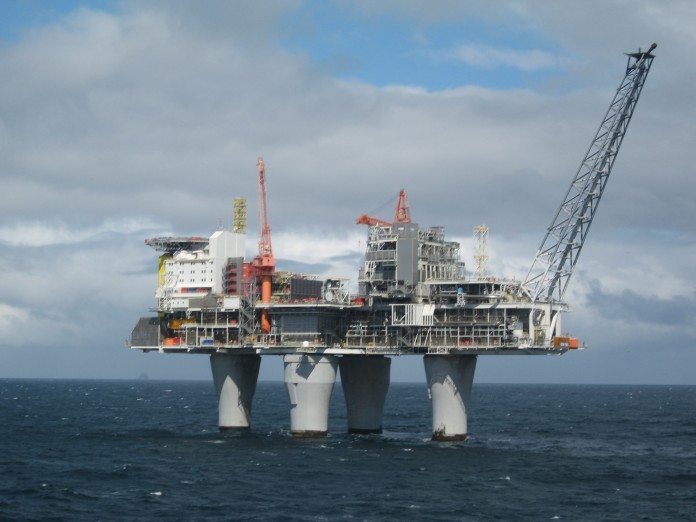Halliburton Company (NYSE:HAL) reported adjusted earnings from continuing operations of $270 million or 31 cents a share for the fourth quarter while revenue plummeted by 42.1% YOY to $5.08 billion. Capital IQ consensus projected earnings of 24 cents a share and $5.13 billion revenue. The company recorded charges in respect of asset write-offs, as well as, severance costs of $192 million or 22 cents a share due to downturn in the energy prices and the resultant impact on its outlook. On a GAAP basis, the company suffered a net loss of $28 million or a loss of three cents a share in the fourth quarter.
Dip In Adjusted Operating Income
Halliburton Company (NYSE:HAL)’s adjusted operating income dipped 6.5% to $473 million from $506 million in the third quarter. Similarly, completion and production revenue fell 12% sequentially to $2.8 billion fuelled by pricing, as well as, activity and headwinds in every region. Drilling and evaluation revenue also dipped 5% sequentially to $2.3 billion hurt by the weak logging services and drilling activity in the America regions, Europe, Africa, and Commonwealth of Independent States (CIS).
The company’s global business witnessed 5% drop in revenue while operating income dipped 10% reflecting the decline in activities and price concessions. Also, its customer budget constraints hurt the gains from equipment and software sales. However, operating margins grew by 1.6 percentage points fueled by cost-cutting measures and the completion of tool sales.
Another Challenging Year Ahead
With oiil prices at a 12 year low, Halliburton (NYSE:HAL) expects the current year 2016 to be one of the more challenging years for the company, as well as, the industry. The company was confident that its customers would be focused on the maximization level of cost per barrel and benefiting from increased efficiency levels as both were good for the company.
Halliburton Company (NYSE:HAL) also reiterated its commitment to the acquisition of Baker Hughes Incorporated (NYSE:BHI). The company said that it was continuing its discussions with competition authorities and provided an offer of improved divestitures set to resolve any issues concerning the competition.
Halliburton Company (NYSE:HAL) is not the first company to forecast a difficult year. Last week Royal Dutch Shell Plc (ADR) (NYSE:RDS.A) announced that it expects its fourth quarter profit to decline by 40 percent. The reason which the management gave was the fall in Crude prices. The company did manage to bring down the operating costs by $4 billion.

